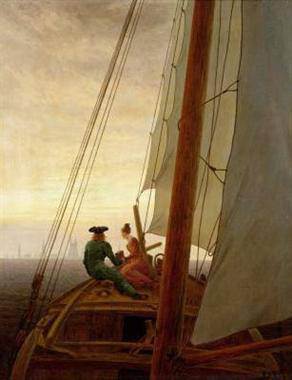


László Moholy-Nagy retrospective at the Schirn Kunsthalle, Frankfurt
The Hungarian artist László Moholy-Nagy (1895–1946) became known in Germany through hisseminal work as a teacher at the Staatliches Bauhaus in Weimar and Dessau (1923–1928). Hispioneering theories on art as a testing ground for new forms of expression and their application toall spheres of modern life are still of influence today. Presenting about 170 works – paintings,photographs and photograms, sculptures and films, as well as stage set designs and typographicalprojects – the retrospective encompasses all phases of his oeuvre
8 October 2009 – 7 February 2010
]]>
On the occasion of the ninetiethanniversary of the foundation of the Bauhaus, it offers a survey of the enormous range of Moholy-Nagy’s creative output to the public for the first time since the last major exhibition of his work inKassel in 1991. Never having been built before 2009, the artist’s spatial design Raum derGegenwart (Room of Today), which brings together many of his theories, will be realized in thecontext of the exhibition.
The “László Moholy-Nagy Retrospective” is sponsored by the Hessische Kulturstiftung andreceives additional support from the Fazit-Stiftung.
No other teacher at the Bauhaus in Weimar and Dessau, nor nearly any other artist of the 1920sin Germany, an epoch rich in utopian designs, developed such a wide range of ideas andactivities as László Moholy-Nagy, who was born in Bácsborsód in Southern Hungary in 1895. Hisoeuvre bears evidence to the fact that he considered painting and film, photography andsculpture, stage set design, drawing, and the photogram to be of equal importance. Hecontinually fell back upon these means of expression, using them alternately, varying them, andtaking them up again as parts of a universal concept whose pivot was the alert, curious, andunrestrained experimental mind of the “multimedia” artist himself. Long before people began totalk about “media design” and professional “marketing,” Moholy-Nagy worked in these fields, too– as a guiding intellectual force in terms of new technical, design and educational instruments.“All design areas of life are closely interlinked”, he wrote about 1925 and was, despite his mottoinsisting on “the unity of art and technology,” no uncritical admirer of the machine age, but rathera humanist who was open-minded about technology. His basic attitude as an artist, whichexemplifies the idealistic and utopian thinking of an entire era, may be summed up as aimed atimproving the quality of life, avoiding specialization, and employing science and technology forthe enrichment and heightening of human experience.
Follow us on:

